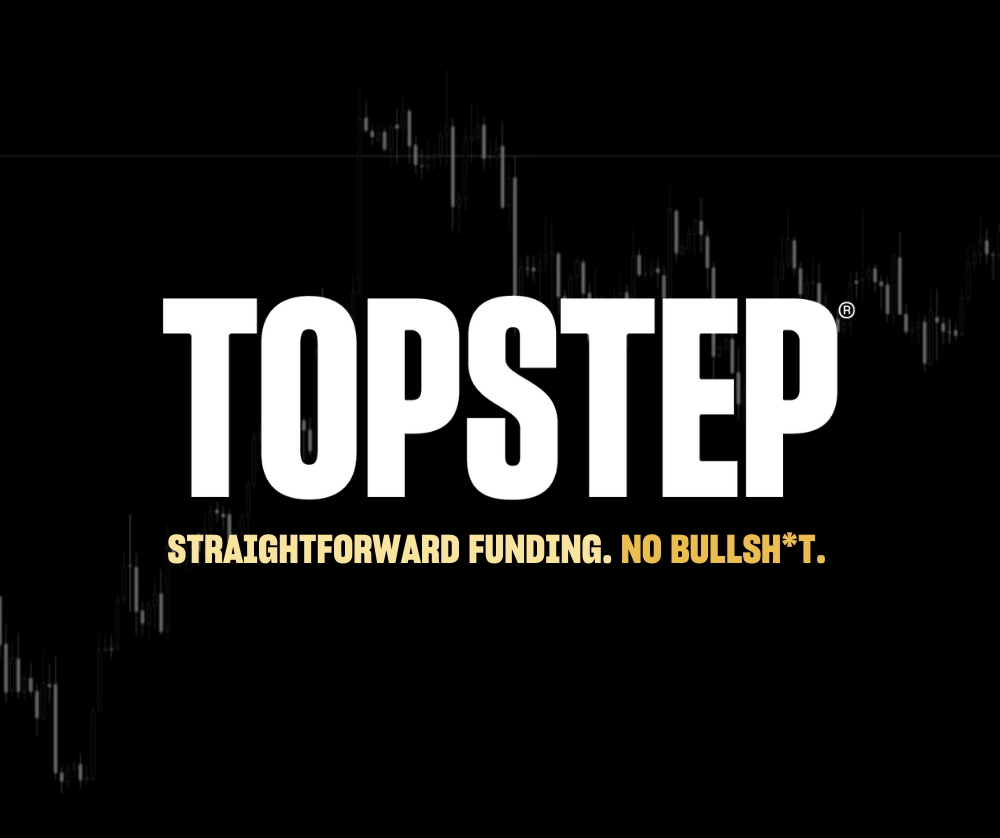Parabolic Arc chart patterns form when a steep rise in prices caused by irrational buying and intense speculation hits its apex. Parabolic Arc patterns are rare, but they are reliable and are generated in mega-bull trends. These patterns trend gradually, making higher highs and lower lows in the beginning stages, but can be volatile in the exhaustion and reversal stages. Irrational buying in the public generates a strong rally to push prices vertically, followed by a steep sell-off. Examples of this pattern include the Nasdaq bull markets during 1990 to 2000 (retraced 80%) and gold from 2000-2011 (retraced 62%).
Parabolic Arc is a reversal pattern and has a very predictable outcome. Although these patterns are predictable, they are relatively difficult to trade since the market sentiment is bullish, and may be fairly tough to trade as they tend to be sharp. Most Parabolic Arc patterns have a significant correction of 62% to 79% of the price rise.
Psychology Behind Pattern
Parabolic Arc patterns consist of both panic buying and panic selling scenarios. As a stock breaks out and starts to rise, investors tend to feel its rising cycle is never going to end and build confidence based on hysteria. This misjudgment provides a blind faith in investors as the stock chart takes exponential curve based structure. In the state of a rising Parabolic Arc, the price continues to rise without a pause and (or) with a series of upside gaps. The stock price itself could multiply double or triple or quadruple in this process every year.
In its last stage, Parabolic Arcs move vertically as panic buying (blow-off tops) extends in an absence of sellers on some unfounded expectations/news/events. Most of this climactic buying is driven by momentum and neophyte traders who fear being left behind. Finally, the reality sets in with some negative event or unfavorable news and it takes out the buyers. This creates panic selling. The prices reverse dramatically with large ranges as the initial buyers take profits. The traders who bought at the top also start to sell on panic. Hence, in most cases, Parabolic Arcs are great trades after the market reaches its panic buying.
Trading Parabolic Arcs
In Parabolic Arc patterns, prices move up vertically and eventually the acceleration comes to a stop and then reverses (see “Waiting for the music to stop” below). Prices start showing lower lows and may attempt to regain the top again. Draw a channel connecting the top and bottom of the pattern. Enter a “short” at the breakdown of the channel trend line connecting the pattern high and pattern lows.

Target: Measure the distance of the rise from the base to the top of the pattern. Most Parabolic Arc patterns return to the 62% to 79% of the rise; 50% is the first target.
Stop: Place a protective stop a few ticks above the high.
“Loonie tunes,” shows a Parabolic Arc pattern formation in USD/CAD from 2012 to 2016. Here are some of the key points and how it is traded.

Trade Description
- USD/CAD was in steep uptrend showing higher highs and higher lows from a low of 0.96327 in 2012 to a high of 1.46888 in January 2016.
- A channel was constructed using pattern highs and pattern lows.
- Shows the vertical height of the channel.
- An exhaustion rally in 2016 to signal pattern may be nearing completion. Look for price reversals for trading.
- Enter a short below the breakdown of the channel trend line in February 2016 at 1.36524.
- A Stop is placed above the pattern high at 1.46888.
- Pattern High: 1.46888, Pattern Low: 0.96327. Using this range, compute the targets 50% (1.27675), 62% to 79% (1.15540-1.07147).
- In April 2016, USD/CAD reached the first target of 1.27675 (50%).




